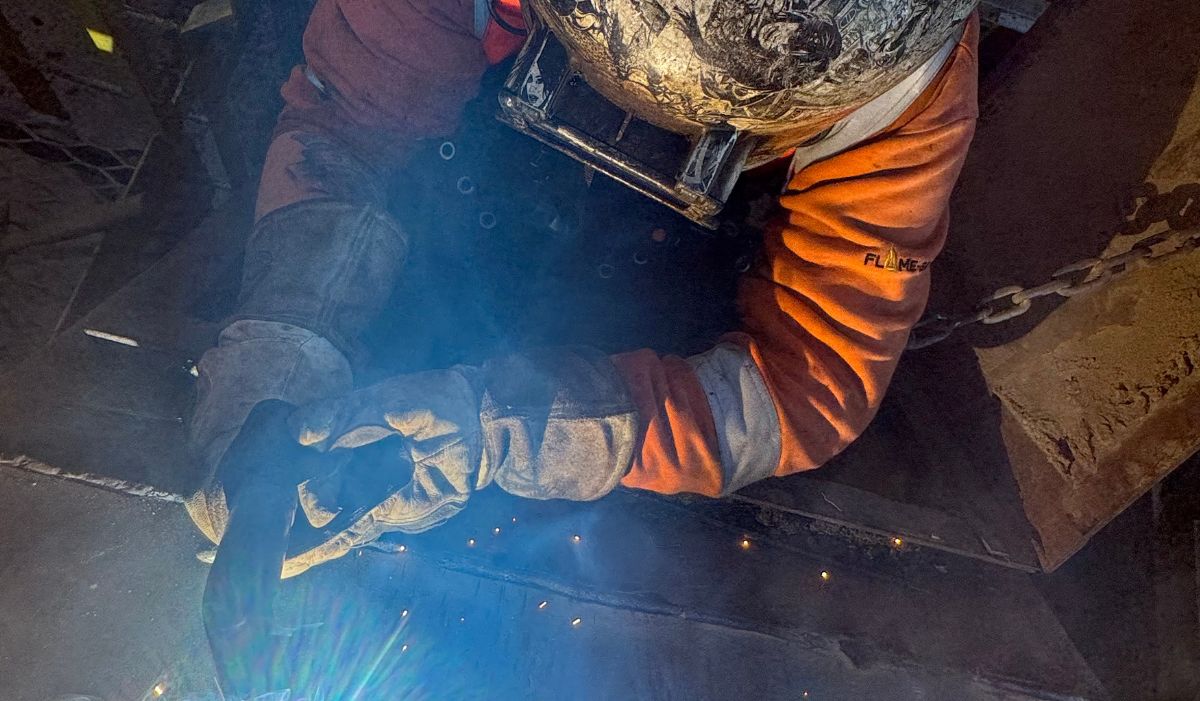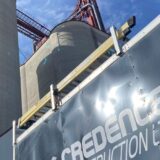Precision Welding: Enhancing Construction Projects Across Saskatchewan, Canada
Precision welding has revolutionized the construction industry, offering unparalleled accuracy, strength, and durability. This blog will explore how precision welding is enhancing construction projects across Saskatchewan, Canada, shedding light on its benefits, applications, and future prospects.
Understanding Precision Welding
Precision welding involves the use of advanced welding techniques to join materials with exceptional accuracy. This process is critical in industries where even the smallest errors can lead to significant issues. In the construction sector, precision welding ensures that structures are strong, durable, and built to exact specifications.
The precision in welding is achieved through the use of high-tech equipment and meticulous practices. Techniques such as laser welding, electron beam welding, and micro-welding play pivotal roles. These methods allow for higher precision compared to traditional welding techniques, producing cleaner, stronger joints with minimal distortions. This is particularly beneficial in construction applications where the integrity of welds directly impacts the overall safety of a structure.
Moreover, precision welding enables the bonding of different types of materials which might be challenging with conventional methods. Metals such as titanium, aluminum, and high-strength steel can be effectively welded, opening new possibilities for innovative designs and construction practices. With the increasing demand for more sustainable and lightweight buildings, this capability of precision welding is proving to be indispensable.
Why Precision Welding Matters in Construction
In construction, precision welding matters because it guarantees the integrity of the structures being built. This method reduces the risk of structural failures, enhances safety, and ensures that projects meet regulatory standards. Additionally, it allows for more complex designs and innovative architectural solutions.
The need for enhanced safety cannot be overstated, particularly in large-scale projects where any compromise on structural integrity could lead to catastrophic consequences. Precision welding minimizes risks by ensuring that every joint and connection is flawlessly executed. This not only builds stronger structures but also significantly reduces the need for repairs or adjustments later, ultimately saving time and resources for construction companies.
Another key advantage of precision welding is its contribution to sustainability in construction. By enabling the use of lighter and stronger materials, it helps in reducing the overall weight of structures, leading to lower environmental impact during transportation and installation. This aligns with the growing emphasis on sustainable building practices across Saskatchewan and Canada as a whole.
Applications of Precision Welding in Saskatchewan
Precision welding is used in various construction projects across Saskatchewan, including residential buildings, commercial structures, and infrastructure developments. From skyscrapers in urban areas to bridges spanning the province’s rivers, precision welding plays a pivotal role in ensuring these projects are robust and reliable.
In the residential sector, precision welding is utilized in fabricating frameworks and support beams, enhancing the durability and safety of homes. By incorporating precision-welded components, builders can achieve more intricate and modern designs, attracting homeowners who seek both aesthetics and functionality in their living spaces.
Commercial buildings, on the other hand, benefit from precision welding through the creation of strong, stable structures that can withstand significant loads. This is especially important in multi-story buildings where the stability of the entire structure depends on the strength and accuracy of its welded joints. Moreover, precision welding enables the seamless integration of advanced architectural elements, making commercial spaces more appealing and practical.
Infrastructure projects such as bridges and tunnels require utmost reliability. Precision welding ensures that these structures possess the necessary strength to endure heavy usage and varying environmental conditions over time. In provincial development plans, precision-welded components are increasingly used to enhance the longevity and safety of vital infrastructure, supporting the long-term growth of Saskatchewan.
The Advantages of Precision Welding
Precision welding offers numerous advantages, including enhanced strength, improved accuracy, and faster project completion times. These benefits translate into cost savings, higher-quality structures, and reduced rework, making it an invaluable tool for construction companies.
One of the major benefits is the reduction in material wastage. Traditional welding methods often result in significant scrap and excess material, which adds to the cost and environmental footprint of construction projects. Precision welding, on the other hand, uses materials more efficiently, adhering strictly to the design specifications and minimizing waste.
Faster project completion is another critical advantage. Precision welding processes are generally quicker and more efficient, allowing construction teams to stick to tighter schedules without compromising on quality. This means that projects can be completed sooner, helping construction firms meet deadlines and move on to new jobs more rapidly.
Moreover, the overall quality of construction is elevated. Precision welding minimizes defects and inconsistencies in welded joints, leading to stronger and more aesthetically pleasing outcomes. The precision offered by advanced welding techniques ensures that every weld perfectly matches the project’s requirements, resulting in visually flawless and structurally sound buildings.
Challenges and Solutions in Precision Welding
Despite its many benefits, precision welding comes with challenges, such as the need for skilled welders and advanced equipment. However, these challenges can be addressed through proper training, investment in technology, and ongoing innovation in welding techniques.
The shortage of skilled welders can be a significant hurdle. Precision welding demands a level of expertise that not all welders possess. To overcome this, construction companies focus on training programs that equip welders with the necessary skills. Investing in continuous education and certification programs ensures that welders remain updated with the latest welding technologies and techniques.
Advanced welding equipment can also be expensive, posing a barrier for smaller construction firms. However, the long-term benefits often outweigh the initial investment. Leasing or financing options can make high-tech equipment more accessible. Additionally, government grants and subsidies aimed at fostering innovation in construction can provide financial assistance, making it easier for companies to adopt precision welding technologies.
Innovation plays a crucial role in addressing these challenges. The development of user-friendly welding machines and automated systems can significantly reduce the skill level required for precision welding. Robots and computer-controlled systems can perform complex welding tasks with high precision, allowing construction companies to maintain quality standards even with a limited workforce.
The Future of Precision Welding in Construction
Looking ahead, the future of precision welding in construction is bright. Advances in technology, such as automation and robotics, promise to make welding processes even more precise and efficient. These innovations will further cement precision welding as an essential component of modern construction projects.
The integration of artificial intelligence (AI) might revolutionize precision welding. AI can be used in predictive maintenance for welding equipment, minimizing downtimes and preventing unexpected failures. Machine learning algorithms can optimize welding parameters in real-time, enhancing both the quality and speed of welding processes. This ensures that structures are built to higher standards and are completed more efficiently.
Another promising development is the introduction of new welding materials and techniques. Research is ongoing into even more robust and lightweight materials that can be used with precision welding. For instance, advancements in composite materials could lead to structures that are not only stronger and lighter but also more resistant to environmental stresses, further increasing the longevity and sustainability of buildings.
Furthermore, emerging trends such as additive manufacturing, commonly known as 3D printing, are transforming the possibilities in precision welding. This technology allows for the creation of complex components that were previously difficult or impossible to produce with traditional methods. By incorporating precision welding with 3D printing, the construction industry can look forward to even more innovative and efficient building practices.
Harnessing the Power of Precision Welding in Saskatchewan
Precision welding is more than just a technique; it’s a game-changer for the construction industry in Saskatchewan. By providing unmatched accuracy and strength, it ensures that construction projects are not only completed on time but also built to last. As technology advances, the role of precision welding will only continue to grow, heralding a new era in construction.



